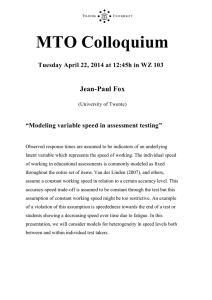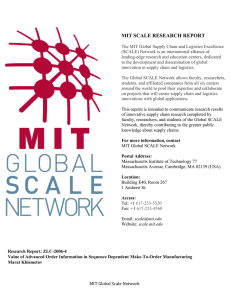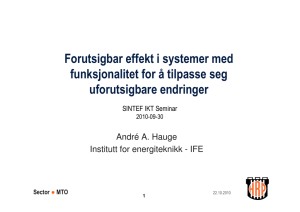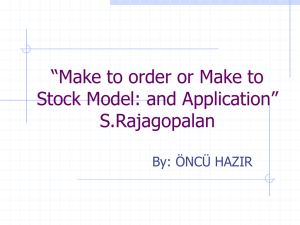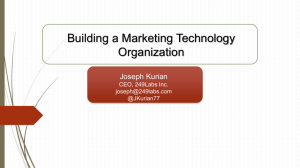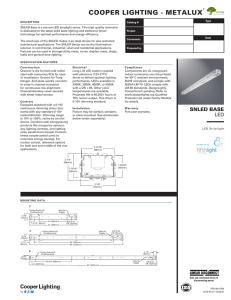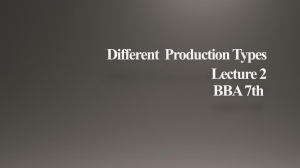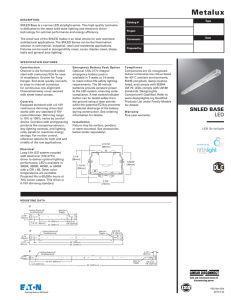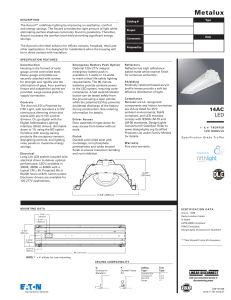Reading Tips and Study Questions: Session 7
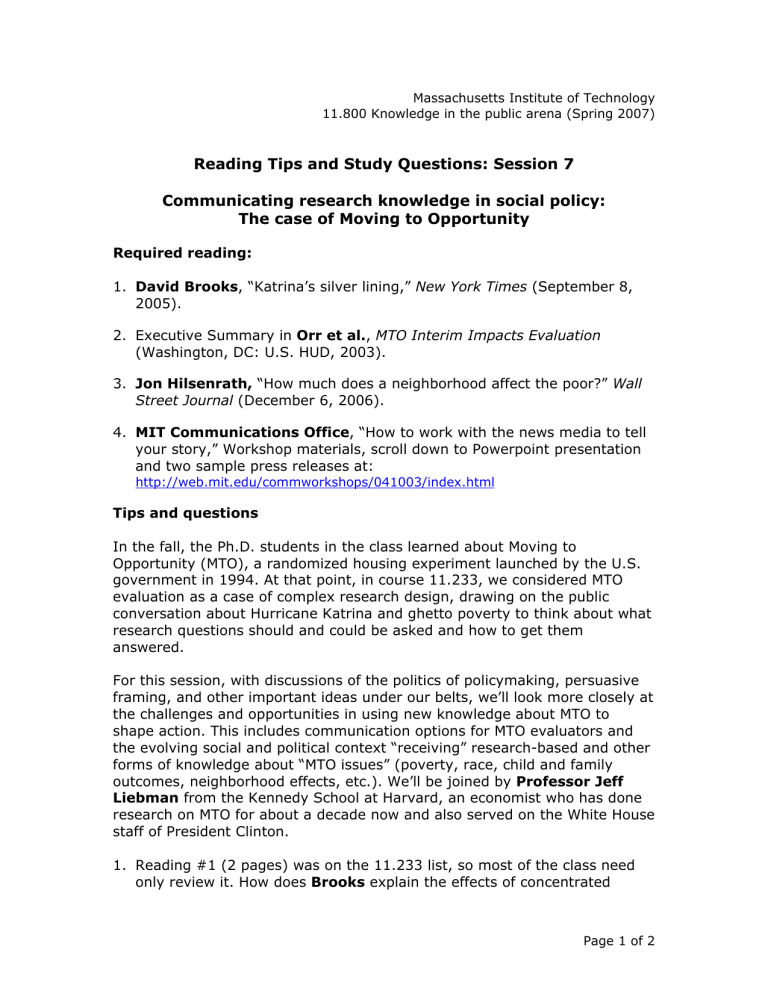
Massachusetts Institute of Technology
11.800 Knowledge in the public arena (Spring 2007)
Reading Tips and Study Questions: Session 7
Communicating research knowledge in social policy:
The case of Moving to Opportunity
Required reading:
1.
David Brooks, “Katrina’s silver lining,” New York Times (September 8,
2005).
2.
Executive Summary in Orr et al., MTO Interim Impacts Evaluation
(Washington, DC: U.S. HUD, 2003).
3.
Jon Hilsenrath, “How much does a neighborhood affect the poor?” Wall
Street Journal (December 6, 2006).
4.
MIT Communications Office, “How to work with the news media to tell your story,” Workshop materials, scroll down to Powerpoint presentation and two sample press releases at: http://web.mit.edu/commworkshops/041003/index.html
Tips and questions
In the fall, the Ph.D. students in the class learned about Moving to
Opportunity (MTO), a randomized housing experiment launched by the U.S. government in 1994. At that point, in course 11.233, we considered MTO evaluation as a case of complex research design, drawing on the public conversation about Hurricane Katrina and ghetto poverty to think about what research questions should and could be asked and how to get them answered.
For this session, with discussions of the politics of policymaking, persuasive framing, and other important ideas under our belts, we’ll look more closely at the challenges and opportunities in using new knowledge about MTO to shape action. This includes communication options for MTO evaluators and the evolving social and political context “receiving” research-based and other forms of knowledge about “MTO issues” (poverty, race, child and family outcomes, neighborhood effects, etc.). We’ll be joined by Professor Jeff
Liebman from the Kennedy School at Harvard, an economist who has done research on MTO for about a decade now and also served on the White House staff of President Clinton.
1.
Reading #1 (2 pages) was on the 11.233 list, so most of the class need only review it. How does Brooks explain the effects of concentrated
Page 1 of 2
poverty and racial isolation on the poor? And how does he characterize
MTO and similar programs to help move people out of ghetto-poor neighborhoods?
2.
Formal research evidence on the claims: The Orr et al. executive summary includes a concise overview of MTO the program as well as the interim evaluation, the mostly quantitative evaluation of “treatment effects” 4 to 7 years after program participants were randomly assigned to one of three groups. What major lessons do the authors suggest the evaluation produced? And what puzzling questions in need of more research? Put yourself in the shoes of a policymaker: Where is the
“actionable knowledge” here? How about from the standpoint of a manager running a local housing program?
3.
Hilsenrath writes about the MTO impact evidence in a feature story. How does the journalist use research evidence versus other kinds of information to tell his story?
4.
The final item is on working with news media, a topic on which MIT and many other universities and research organizations offer workshops and support services for researchers. This is a condensed introduction to practical steps, which we can discuss, and put in context, in class.
Page 2 of 2

